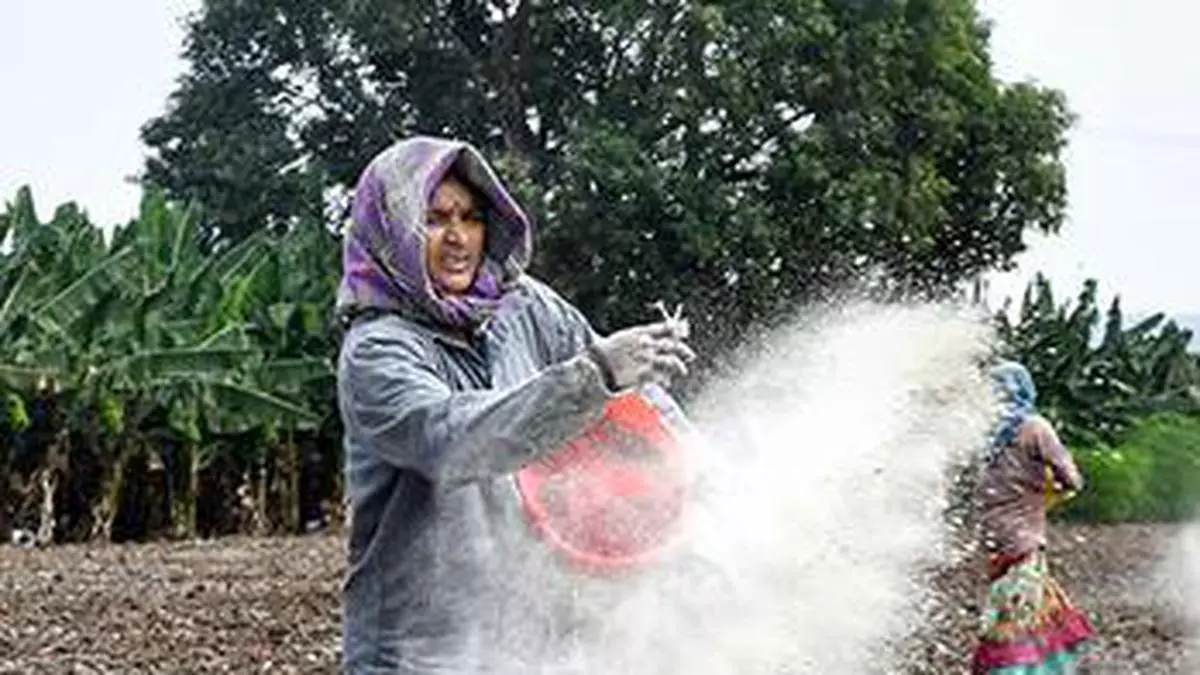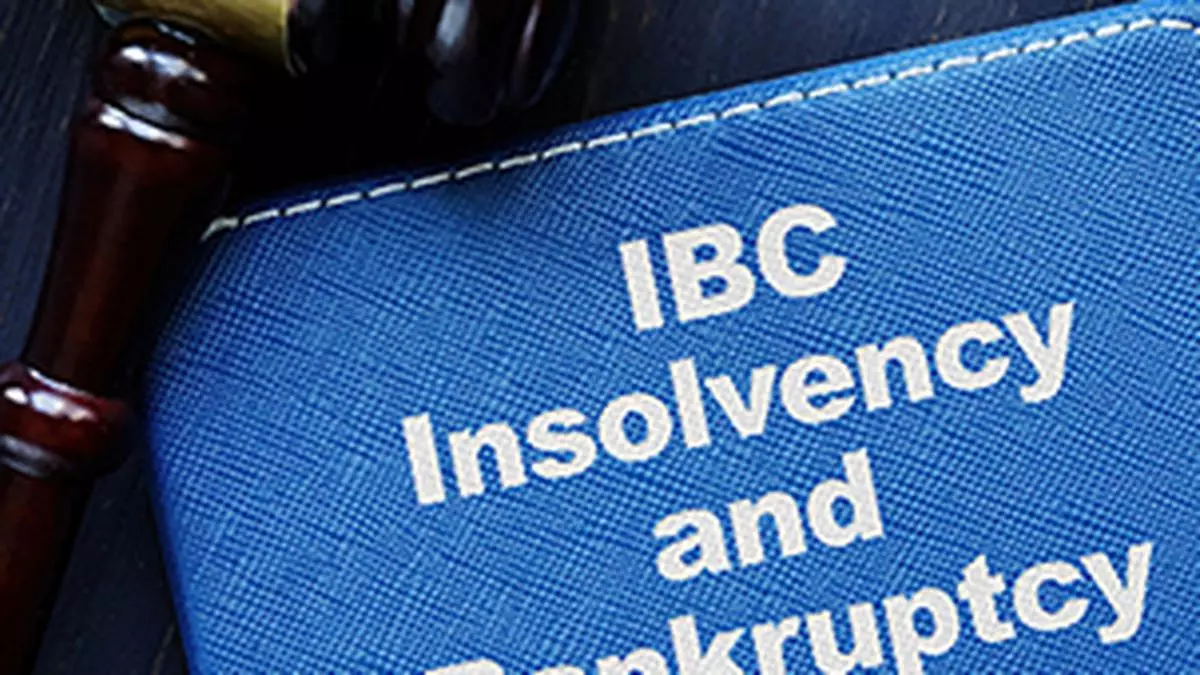
They say if you teach a man to farm, his family will eat. If you teach a woman to farm, the community will eat.
Agriculture is the bedrock of the Indian economy, with nearly 70 per cent of rural households relying on it as their primary livelihood. Together with fisheries and forestry, agriculture constitutes one-third of the nation’s Gross Domestic Product (GDP) and holds the title of the single largest contributor. Despite its substantial role in the economy, India grapples with a significant gender gap in its agriculture and food systems—a persistent challenge that demands attention. This issue is pivotal for two reasons.
Also read: How women-led FPOs are transforming India’s agriculture
Firstly, on grounds of fairness, women’s contribution to agriculture is on par with that of men. Studies state that in India, 73 per cent of rural female workers and 55 per cent of rural male workers are actively involved in agriculture. Secondly, the evolving feminisation of agriculture in India is notable, with a rising number of women assuming roles as cultivators, agricultural labourers and entrepreneurs. However, this shift raises concerns about food security, considering that the responsibility of feeding 1.4 billion Indians rests on the shoulders of 170 million women engaged in agriculture and related activities, contributing 60 to 80 per cent of our food production. Therefore, it is not only essential that women farmers establish their identity but also take centre stage, transcending traditional labour-intensive roles in farming with very low economic returns.
What ails women
Let’s delve deeper into the disparities faced by women in agriculture. Across all activities, a stark gender wage gap persists, with women earning only 60-70 per cent of their male counterparts’
Wages Adding to this challenge, numerous women engage in agricultural work as unpaid subsistence labour like carrying out household chores, taking care of livestock, and managing water resources, to name a few. Another glaring issue is the lack of property ownership among women, with land seldom registered in their names. According to agricultural statistics, approximately 73.2 per cent of women in rural India are involved in agriculture, yet a mere 12 per cent have ownership of farmland. This gender gap becomes the root cause of various problems, as many entitlements related to agriculture are intricately tied to land ownership.
Multiple studies highlight that women face limited access to crucial resources such as seeds, fertilisers and essential services like institutional credit, agricultural extension, insurance, irrigation sources and organised markets in comparison to their male counterparts. In terms of machinery used for farming, heavy equipment like tractors, threshing paddy machines and water irrigation devices are predominantly operated by men. Despite women historically undertaking labour-intensive activities like sowing, transplanting, weeding and harvesting, the tools and types of equipment designed to replace human labour are often tailored for male workers, reflecting the male-dominated landscape of Indian agriculture. Beyond these challenges, women also shoulder household chores, childcare responsibilities and the majority of the labour involved in livestock rearing and management. The multifaceted contributions of women in agriculture underscore the urgent need for addressing these systemic inequities.
How FPOs make a difference
The government’s recent focus on aggregation through Farmer Producer Organisations (FPOs) is a potent solution for tackling issues like agency, price disparities and women’s participation in agriculture. A central sector scheme, aimed at establishing 10,000 FPOs. ‘Formation and Promotion of 10,000 Farmer Producer Organizations (FPOs)’ includes provisions to integrate self-help groups (SHGs), particularly those with women farmers. Successful women-led FPOs showcase the transformative power of women’s collective efforts in agriculture.
Amidst gender inequalities, let’s explore how these FPOs address some of these challenges. It is well known that the evolution of Self-Help Groups (SHGs) has paved the way for women’s participation in agriculture markets. Federating these SHGs into producer collectives has significantly enhanced women’s agency in competing within male-dominated agricultural markets, exemplified by success stories like the Mahila Umang FPC in Uttarakhand which started as a SHG network and later evolved into a producer company, linking resource-poor women to mainstream markets. These women not only acquired trading skills but also established sophisticated supply chain processes, including packaging, loading, transportation and contracting.
Notably, FPCs established by Jeevika in Bihar have transcended traditional localised marketing, adeptly using modern tools like futures trade to hedge prices, providing higher returns to member farmers. Additionally, women in FPCs have gained access to institutional credit, as seen in Gulbarga, where a female member diversified her income through a goatery enterprise, made possible by credit from the FPC, resulting in an additional annual income of ₹70,000. The journey for women-led FPCs is not without challenges, requiring experimentation and imagination. An illustrative example is an all-women FPC in the goatery and poultry value chain. Confronting issues with night markets, they adapted by selling in daytime local markets and establishing a village-level shop that never existed before, showcasing how decentralised marketing and imaginative approaches improved women’s agency and negotiation abilities.
Women producer collectives have undeniably played a pivotal role in empowering women within agriculture value chains. However, the success of these collectives is intricately linked to strategic choices in selecting value chains, where a clear correlation exists between the choice of commodity and the FPC’s business volume and shareholder benefits. This means that when the chosen commodity serves as the primary income source for women, it garners higher patronage and business interest due to women assuming sole decision-making roles. Examples from poultry and goatery value chains underscore the central importance that goats and poultry play in contributing not only as liquid assets and risk mitigation tools but also significantly enhancing nutrition security through dietary diversity.
In value chains dominated by men in market-facing roles, the effectiveness of all-women FPCs might be limited. Instead, mixed-member FPCs, with women in leadership roles, demonstrate increased ownership and governance.
Also read: CottonConnect empowering women farmers to tackle climate change
In light of examples showcasing women producer collectives enhancing women’s agency and adapting to the changing dynamics of women’s involvement in agriculture, the decision between mixed-member and all-women FPCs should be guided by alignment with the specific value chains they cater to. This nuanced strategy ensures that women producer collectives continue to break gender barriers, redefine roles and serve as models for inclusive and equitable agricultural practices.
The author is a Technical Specialist at the Catalyst Management Service’s Livelihoods Practice area
Crime Today News | Business & Economy
Source | Powered by Yes Mom Hosting




